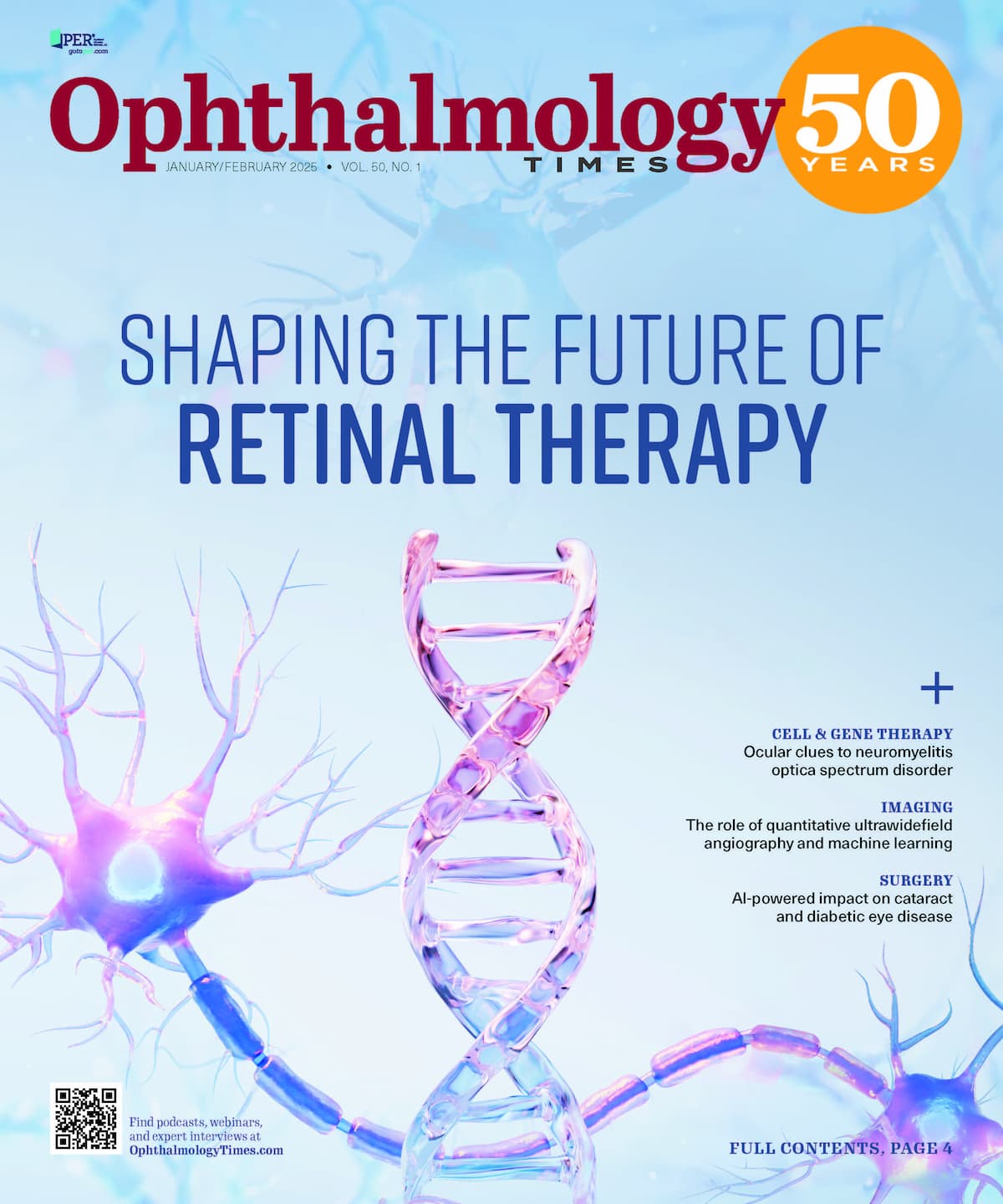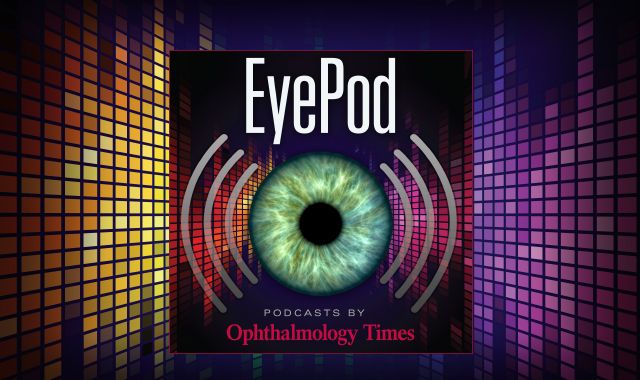Publication
Article
Digital Edition
Low-dose atropine causes esotropia in patient case
Key Takeaways
- Myopia treatments include orthokeratology lenses and low-dose atropine, each with potential side effects.
- A case study revealed esotropia as a possible complication of atropine use in myopia management.
Clinician highlights a novel complication of atropine treatment in a teenage patient.
(Image Credit: AdobeStock/Anastassiya)

Myopia has become a worldwide public health challenge that has been increasing exponentially with the use of electronic screens across a wide range of ages. A number of treatments for myopia are being explored, such as orthokeratology lenses and peripheral defocus contact lenses. Instillation of low-dose atropine has also been a focus of interest in the efforts to stop myopia progression. All treatments are associated with pros and cons that ophthalmologists and optometrists should recognize. David L. Guyton, MD, who spoke at the Johns Hopkins Wilmer Eye Institute’s 37th Annual Current Concepts in Ophthalmology meeting in Baltimore, Maryland,1 described a potential complication associated with the use of low-dose atropine about which physicians should be aware.
Although the use of atropine to control myopia can cause ocular dryness, photophobia, and headache among other conditions, Guyton described what may be a previously unreported complication of the use of atropine drops, ie, esotropia in a teenaged patient. Guyton is the Krieger Professor of Pediatric Ophthalmology at the Zanvyl Krieger Children’s Eye Center at the Wilmer Eye Institute at Johns Hopkins University School of Medicine in Baltimore, Maryland.
Case study
A 15-year-old boy developed myopia at 8 years and was treated with 0.01% atropine daily in both eyes. The atropine dose was increased yearly as the myopia progressed.
At 14 years, he developed intermittent esotropia of the left eye, and at the same age, he started to have difficulty with his near vision, such that he needed to remove his glasses to see nearby. He also reported that his depth perception was affected negatively. By 15 years, the atropine dose was 0.2%, with daily instillation in both eyes. Constant diplopia developed after 3 months, and the atropine was stopped.
He underwent a strabismus surgery for tight medial rectus muscles; 6-mm recessions were performed bilaterally. At 7 weeks post-operation, the eyes were well aligned, the diplopia resolved, and he regained his depth perception.
Presumed cause of esotropia
Guyton explained that the increasing doses of atropine required increased accommodative effort, causing unwanted convergence. The patient’s habit of removing his glasses to see nearby binocularly, at his far point of 12.5 cm, required approximately
48 prism diopters (D) of convergence. Shortening of the medial rectus muscles over time is the normal response to prolonged inappropriate convergence, he explained.
Practical recommendations
Guyton suggested the following pearls in such cases:
- If the dose of atropine exceeds 0.05%, patients should also use bifocals.
- Physicians can consider computer bifocals with effective additions: upper segments, +1 to +1.5 D; lower segments, a total of +2.5 D.
- Patients with moderate to high myopia should stop removing glasses to see very close with both eyes or at least cover one eye when doing so.
Guyton believes this is the first such case of esotropia to develop as the result of dosing with atropine to control myopia progression. “In the past, when 1% atropine was used to slow the progression of myopia, bifocals were used as well,” Guyton said. “I used highly placed flattop bifocals without atropine, which I found to work quite well until the advent of smartphones, with their tiny print, which forced very close viewing, and this defeated the mechanism of the bifocals.”

David L. Guyton, MD
E: dguyton@jhmi.edu
Guyton is the Krieger Professor of Pediatric Ophthalmology at the Zanvyl Krieger Children’s Eye Center at the Wilmer Eye Institute at Johns Hopkins University School of Medicine in Baltimore, Maryland. He has no financial interest in this subject matter.
Reference
Guyton D. Complication associated with low dose atropine for myopia. Presented at: Johns Hopkins Wilmer Eye Institute’s 37th Annual Current Concepts in Ophthalmology; December 5-6, 2024; Baltimore, MD.

Newsletter
Don’t miss out—get Ophthalmology Times updates on the latest clinical advancements and expert interviews, straight to your inbox.





